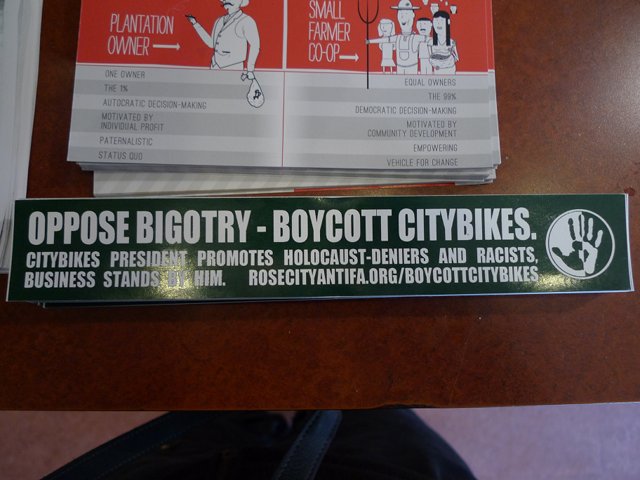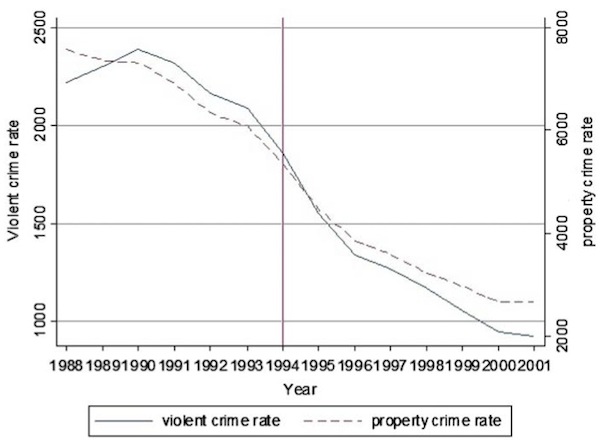Published at 20:04 on 18 February 2013
Today I had a chance to drive on Highway 9 north of Arlington. The first time I drove that stretch of road, about 25 years ago, I was shocked at how quickly it changes character. Between Arlington and the Seattle suburbs, it was a wide, straight 2-lane highway with paved shoulders.
Past Arlington, it was like a different road altogether. The road abruptly became not much more than 20 feet wide as it started climbing into the foothills. The speed limit dropped from 55 to 35. Many curves were far slower than that. Bridges were typically wooden and single-laned. The traffic volume also dropped to practically nothing at about the point the road changed character.
Well, it’s still not as straight and fast there as it is south of Arlington, but it’s been widened to some degree; it’s probably more like 22 or 24 feet now. There’s been a depressing amount of suburban development in those hills (well, two subdivisions, but that alone is depressing considering how rural it used to be).
But there’s still a 10 mile stretch that’s as narrow and windy as it ever was, and I was floored when I discovered that the last of the one-lane bridges was still there. This time, I had to wait for traffic coming the other way (I don’t think I ever had to way back when; there was almost no traffic on that stretch then).
It’s not going to last, however. Not that I’m surprised.
What really frosts me is that the need for widening and straightening on that stretch of highway is driven by the suburbanization. The logging-road-with-a-layer-of-blacktop that was the old highway had plenty of extra capacity to handle the odd logging truck or weekend vacationer from the city. If the land had stayed rural, that old road would still have no trouble handling the little traffic using it.
Being a state highway, it is my taxes which are helping to pay for those upgrades. If the full cost was charged back to those moving to the remote subdivisions above Clear Lake, I doubt those subdivisions would have happened: the fees would have rendered them economically uncompetitive.
It puts the lie to the capitalist individualist rhetoric against growth management laws: even if you just focus on economics and ignore the environmental costs of sprawl, it’s not just a matter of a freely-chosen set of economic transactions between landowners, builders, and home-buyers. If those homes had been built up against existing developed land in Burlington or Arlington, it would have taken much less (dozens of miles less, in fact) road building to serve them, and the road-building would have been done mostly at the municipal level, paid for by local property taxes.



